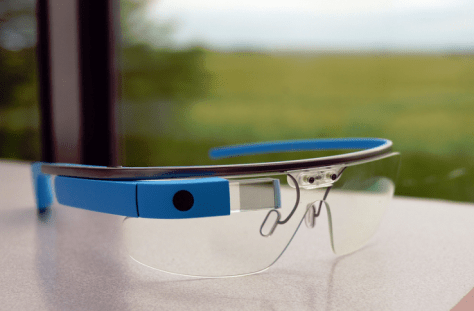In February I bought myself a Nexus 7, the 7-inch tablet made for Google by Asus. I bought it from Currys as, since the demise of Comet in November last year, this is just about the only electrical chain around.
My early experiences were good; I found the interface less polished than IOS (I’ve been an apple user now for at least seven years) but I liked the integration with Google’s product suite and some things, such as Google Now which predicts what you are going to need and gets it before you need it, were very impressive.
As far as the hardware goes, the build quality seemed good, but the battery life wasn’t a patch on my iPad 3 – that will go a week between charges with light usage; the Nexus seemed to need charging every two days.
And therein lay the problem. Sometime in the week of the 20th May the Nexus 7 ran out of power and when I came to recharge it nothing happened. It wouldn’t turn on at all. So on Saturday 25th I took it back to Currys expecting to get a free replacement. No such thing.
First off, I waited in line for a customer service rep to serve me. Despite the apparent abundance of staff in the Catford store, nobody seemed particularly keen on eye contact and I waited for 10 minutes before one of the staff reluctantly called me forward.
I was told they would need to send it back to Asus for repair. Fair enough. I filled in the form, left my telephone number and went home.
Three weeks later, getting a little concerned that I hadn’t heard anything, I called the number on the repair receipt only to be told that it could take up to six weeks to be returned.
A week later I received a call to say it had been returned to the shop and I duly collected it on June 18th. When I got it home I charged it up and set it up again (it had been returned to factory settings) and all seemed well, until a couple of days later it was again without charge. This time it would start up but then would promptly shut again with a message that I should connect the charger (which was in fact connected). Testing with another Android charger got the same result.
So back to Currys. And another wait in line for one of the numerous staff to decide they would have to serve me, which one eventually did. Now it has been sent off again (to Asus in Amsterdam, I’m informed) and I now face another up to six week delay before I get the device back again. (Incidentally, while I was waiting there was a man returning a Dyson vacuum cleaner under a 30 day trial scheme advertised on Currys own website. He was told he couldn’t return it because it had been opened(!) Only when he showed them a print out of their own website offer was his money reluctantly refunded.)
I bought my Nexus in the first place to road-test Android as an alternative to IOS. So far the experiment isn’t going Android’s way.
Contrast this with my only real product problem with an Apple product. Three years ago my iPhone started to drop calls unexpectedly. I booked a Genius Bar appointment online and turned up at my allotted time in the Bluewater Apple store where my name flashed on the screen. I went up to the counter and explained the problem. The “genius” (as I suppose you call them) plugged the phone into some diagnostics and confirmed that was the problem and then promptly gave me a brand new replacement phone and offered to set it up for me. This, despite the fact that the phone was 18 months old at that stage and clearly out of warranty. I don’t know whether this is typical of Apple customer service but it left me impressed. And the contrast with my latest experience with Currys couldn’t be sharper.
Now there is effectively only one electrical superstore chain there is little incentive for things to change at Currys, but clearly there is an opening the market for a retailer to provide an offering based on knowledgable and service-oriented staff. One day maybe such competition will come.





